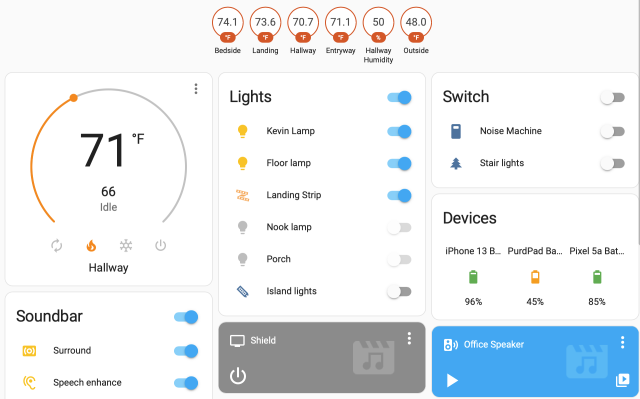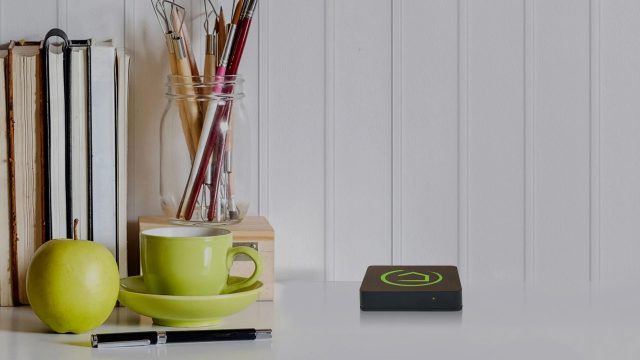
PonyWang/Getty Images
For many people, an automated smart home is little things that add up to big conveniences over time. Lights turn on when you walk down the driveway, a downstairs thermostat adjustable from your upstairs bedroom, a robot vacuum that works while you’re at the grocery store – you do a little homework. installation and your life becomes easier.
However, what most smart homes also include is a voice assistant, as opposed to quiet, invisible convenience. Alexa, Siri, Google Assistant: They require you to learn specific device names and structures for commands, yet they often get even the simplest command wrong. And they are, of course, an always-listening business microphone that you allow inside your home.
There are ways to retain that smart home convenience while cutting off the conversation. Some involve your phone, some dedicated devices, but none of them involve saying the name of a device. Here is an overview of the best options available.
DIY controllers

Kevin Purdy
home assistant
Home Assistant is a self-hosted webpage that lets you control almost any device with switches and dials. It’s much more than that, but it doesn’t have to be like that. Home Assistant is harder to set up than home control apps from big tech companies, but it’s endlessly configurable. You decide which commands to show and which not to show (and in what order) and set up automations that don’t require installing each device’s clunky app on your phone. With specific devices, you can also choose to manage everything locally, disconnected from the cloud.
Most enthusiasts use Home Assistant from a Raspberry Pi. Considering the current scarcity of the device, it’s good that Home Assistant can work on other hardware as well. Home Assistant also makes a dedicated Pi-based box, Home Assistant Yellow, though it’s perpetually out of stock by several months.
Once Home Assistant is installed and connected to your devices, you will have access to your equipment via phones, tablets, computers or a mounted display. You’ll also have easy ways to access it from your Android and iOS phone, more on that in a bit.

Hubitat and HomeSeer
If Home Assistant isn’t your thing or you’d rather have separate hardware to manage your smart home, Hubitat and HomeSeer are notable alternatives. Both tend to focus their support on devices that communicate via Zigbee and Z-Wave radio protocols. And lately, Home Assistant has seen more active community development. But both projects offer the same kind of web-based local control of all your devices, with perhaps even more robust local-only control.
